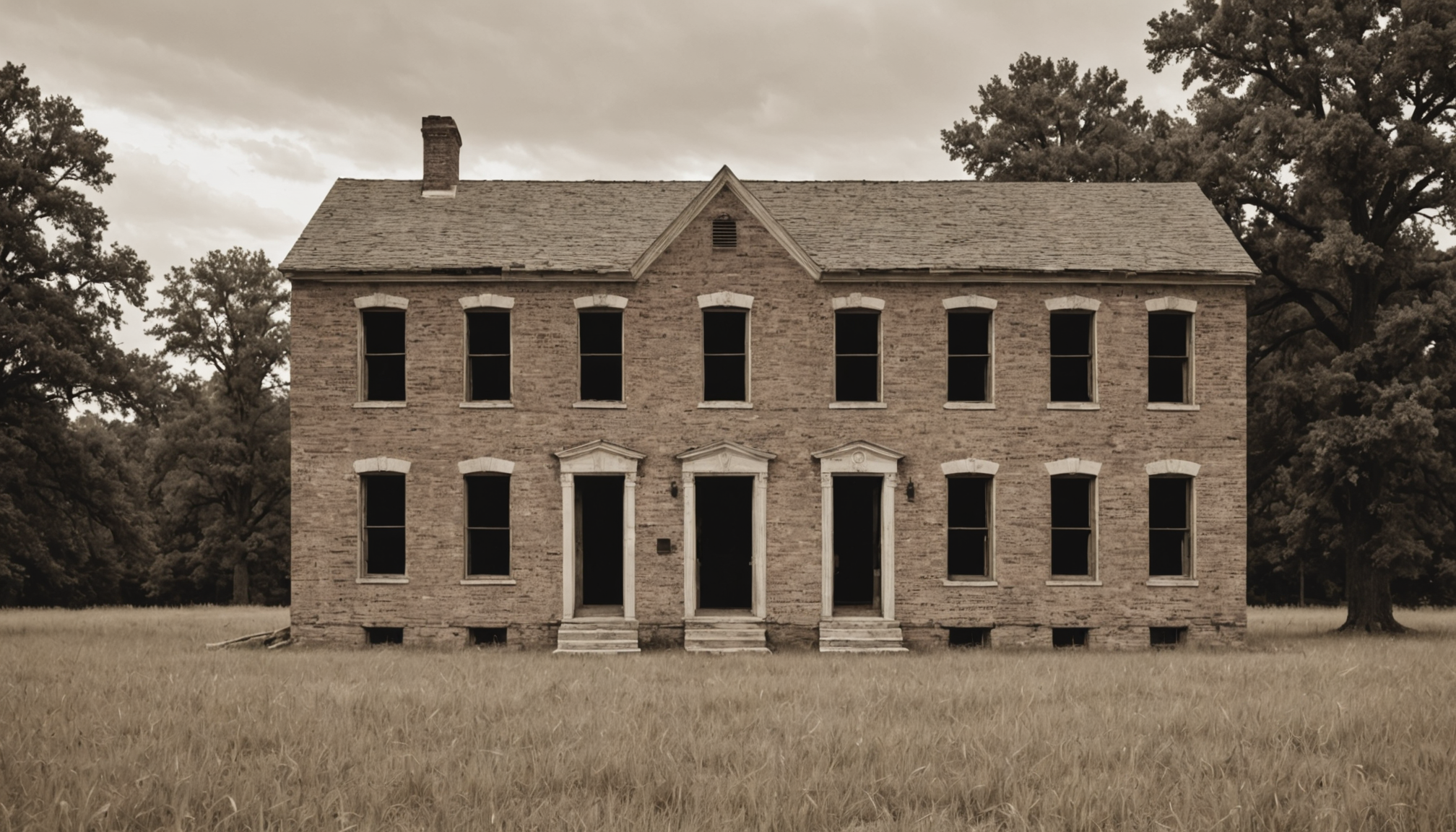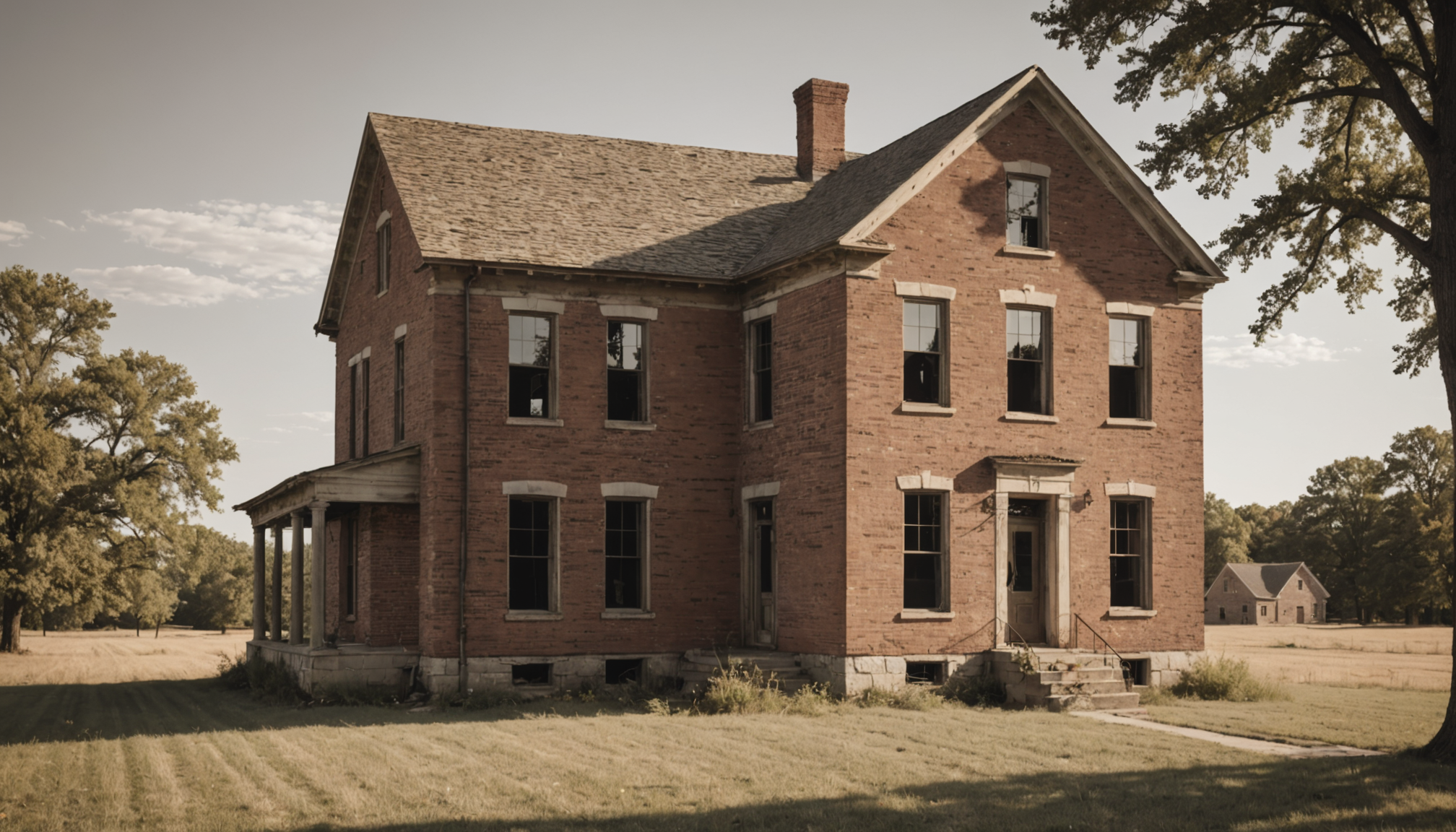Missouri, notably a part of the New Madrid Seismic Zone, is no stranger to the potential risks posed by earthquakes. This area has a storied history of seismic activity, with significant quakes reported as early as the early 1800s. The infamous 1811-1812 earthquakes were among the strongest ever recorded in the continental United States, with widely felt tremors and significant geological upheavals. These historic events underscore the need for residents to understand the seismic risk that persists in the region today.
Although modern-day events are less frequent and often not as severe, the Missouri Department of Natural Resources continues to recognize the area as one with a “high” earthquake risk. This risk is particularly acute in southeastern Missouri and along the Mississippi River Valley. According to the United States Geological Survey (USGS), there’s an estimated 7-10% chance of a comparable large-scale earthquake occurring within the next 50 years. While this percentage may appear small, it represents a notable risk that homeowners in Missouri should not ignore.
Understanding seismic risk involves acknowledging both the geological potential for earthquakes and the likely impact on human settlements. Many structures in Missouri, especially older residential and commercial buildings, are not designed with seismic resilience in mind, increasing their vulnerability. For homeowners, this makes evaluating the potential need for earthquake insurance an essential component of their overall disaster preparedness strategy. With this real, albeit infrequent, threat, the importance of evaluating and mitigating seismic risk through viable financial protection mechanisms, like insurance, becomes clear.
Key features of earthquake insurance policies
When contemplating earthquake insurance policies in Missouri, it’s important for homeowners to grasp the various components that make these policies distinct from standard home insurance. Earthquake insurance is primarily designed to cover damages directly caused by an earthquake, including repairs to structural components, personal property replacement, and sometimes additional living expenses if the home is uninhabitable. However, the specifics can vary significantly between policies.
Firstly, earthquake insurance usually includes a separate deductible from your homeowners insurance. Unlike most property insurance deductibles, which are flat dollar amounts, earthquake deductibles are commonly expressed as a percentage of the insured value of the home. In Missouri, these deductibles often range from 10% to 20%, which means that if your home is insured for $200,000, you might need to cover $20,000 to $40,000 of earthquake damages before the insurance kicks in.
Additionally, while coverage for the structure of the home is central to these policies, the treatment of other types of damage can differ. For example, personal property such as furniture and electronics might be covered up to a set limit, and separate deductibles may apply. Structures not attached to the main dwelling, like garages and sheds, might have specific inclusions or exclusions.
It’s also not uncommon for certain types of earthquake-related damage, like landslides or sinkholes triggered by seismic activity, to be explicitly excluded from coverage. Homeowners should carefully review the policy details to understand what is or isn’t covered, ensuring that they are adequately prepared for possible exclusions in their coverage.
Furthermore, additional coverage options for earthquake insurance can sometimes be added to cover things like emergency repairs, temporary housing costs, or the cost of bringing damaged properties up to current seismic building standards. These added options are worth discussing with an insurance agent to understand if they fit the homeowner’s needs and budget.
- Earthquake insurance has a separate deductible typically expressed as a percentage of the home’s insured value, ranging from 10% to 20%.
- Standard policies may exclude coverage for certain earthquake-induced damages, such as landslides or sinkholes.
- Options for covering personal property or additional structures may have set limits or exclusions; review policies carefully.
- Consider optional add-ons for coverage such as temporary housing costs or retrofitting to meet seismic standards.
- Work closely with insurance agents to understand detailed policy features and ensure appropriate coverage.
Comparing coverage options and costs
When evaluating earthquake insurance coverage options in Missouri, homeowners often encounter several potential pitfalls that can lead to costly misunderstandings. One common mistake is failing to thoroughly compare different earthquake insurance policies, assuming that all provide the same level of protection. Insurers can vary widely in the coverage they offer, including differences in deductibles, limits for personal property, and exclusions. To counter this, homeowners should meticulously review and compare policy details, seeking clarity on what is included and where the gaps might lie.
Another frequent oversight is underestimating the cost of out-of-pocket expenses due to high deductibles. Many homeowners assume that if they have insurance, they will be fully covered in the event of an earthquake. However, earthquake policy deductibles are typically a percentage of the home’s insured value rather than a fixed amount. Ensuring you are financially prepared to cover this deductible—often ranging from 10% to 20%—is crucial. For example, on a home valued at $300,000, the deductible could be as high as $60,000, a significant sum to gather on short notice. Homeowners should calculate this potential expense in advance and consider setting aside funds to cover it if needed.
Moreover, some homeowners might not recognize the importance of securing optional add-ons to their policy, which could provide crucial benefits post-earthquake. These can include coverage for emergency repairs, additional living expenses if your home becomes uninhabitable, or costs associated with bringing a damaged property up to seismic building standards. It is advisable to discuss these options with an insurance agent to tailor the policy according to personal needs and budget. This conversation can illuminate the value these additions bring in effectively managing earthquake risk.
An additional error is neglecting to update their coverage regularly. Life circumstances, home improvements, and changes in market values can all influence the amount of coverage one might need. Scheduling regular reviews with an insurance agent ensures that your policy aligns with your current situation, providing peace of mind and financial security in the event of a seismic event.
Ultimately, the key to avoiding these common pitfalls is education and proactive planning. Homeowners should invest time in understanding the specifics of potential earthquake risks in Missouri, as well as the nuances of coverage options available to them. By doing this, homeowners can make more informed decisions, tailor their coverage to their needs, and have a clearer understanding of the financial responsibilities they might face following an earthquake.
Navigating the claims process
One of the most critical stages in dealing with the aftermath of an earthquake is navigating the claims process, a step that can significantly affect how quickly and effectively you recover. First and foremost, understanding your policy’s specifics is essential. Familiarize yourself with the types of damages covered and, importantly, recognize what is not included, as this knowledge will guide your interactions with your insurer.
When an earthquake strikes, report the damage to your insurance provider as quickly as possible. Prompt reporting is crucial. It sets the claims process in motion and demonstrates your seriousness in addressing the damage. Document everything meticulously. Take photographs and videos of the affected areas and make notes detailing the extent of the damage, as this evidence is invaluable when filing a claim.
It’s also essential to keep all receipts and records if you incur immediate out-of-pocket expenses for temporary repairs or accommodations. These might include costs for securing your property or temporary housing if your home becomes uninhabitable. Your earthquake insurance policy may cover such expenses, so maintaining a detailed record can support your reimbursement claim.
During the claims process, effective communication with your insurance adjuster is key. Be prepared to discuss all aspects of your claim, provide the necessary documentation, and promptly respond to any additional requests for information or clarification. Being organized and responsive will likely expedite the process, helping you receive the financial assistance you need more efficiently.
Don’t hesitate to consult the fine print of your policy with your insurance agent or seek assistance from a legal adviser if you’re unsure about any aspect of the coverage or claims process. They can offer guidance and ensure you’re fully aware of your rights and obligations under your policy.
As a final step, consider the benefits of reviewing and potentially updating your coverage post-recovery. Earthquakes can highlight gaps or insufficiencies in your existing policy, and it’s an opportune moment to reassess your needs. Make any necessary adjustments to ensure better preparedness should another earthquake occur in Missouri.
Taking these steps not only streamlines the claims process but also empowers you to regain stability after an earthquake. With careful planning and proactive measures, homeowners can ease the burden of recovery and reinforce their resilience against future seismic risks. Embrace the journey, knowing each step fortifies your capacity to protect your home and livelihood against the unpredictable nature of earthquakes in Missouri.
Tips for homeowners considering coverage
- Is earthquake insurance necessary for homeowners in Missouri?
- While it’s not legally required, many Missouri homeowners find earthquake insurance beneficial due to the state’s location on the New Madrid Seismic Zone. This policy can provide financial protection against significant structural damage caused by earthquakes.
- How much does earthquake insurance typically cost in Missouri?
- Costs can vary based on several factors, including the home’s value, construction type, and location. Generally, you may expect to pay additional premiums for earthquake coverage, but discussing specific quotes with a local insurance agent will provide the most accurate cost estimates.
- What kind of damages does earthquake insurance cover?
- Earthquake insurance typically covers structural damage to your home and potentially damage to personal property caused by seismic activity. However, coverage for certain earthquake-induced events like landslides may not be included, so it’s crucial to understand your policy’s specifics.
- Can I add earthquake coverage to my existing homeowners policy?
- Yes, many insurers offer earthquake insurance as an add-on to standard homeowners policies, although it comes with a separate deductible. It’s advisable to review your current policy and discuss options with your insurer to tailor coverage to your needs.
- What should I do first if my home is damaged in an earthquake?
- Contact your insurer immediately to report the damage. Document the damages with photos and videos, keep records of any emergency repairs or temporary accommodations, and maintain communication with your insurance adjuster to facilitate a smooth claims process.

